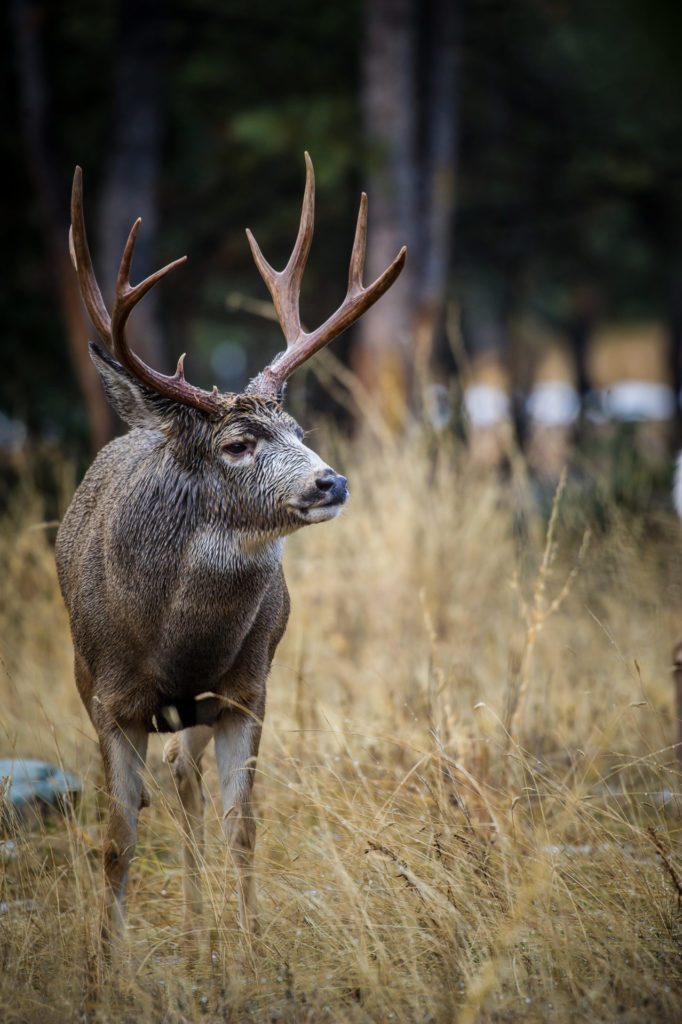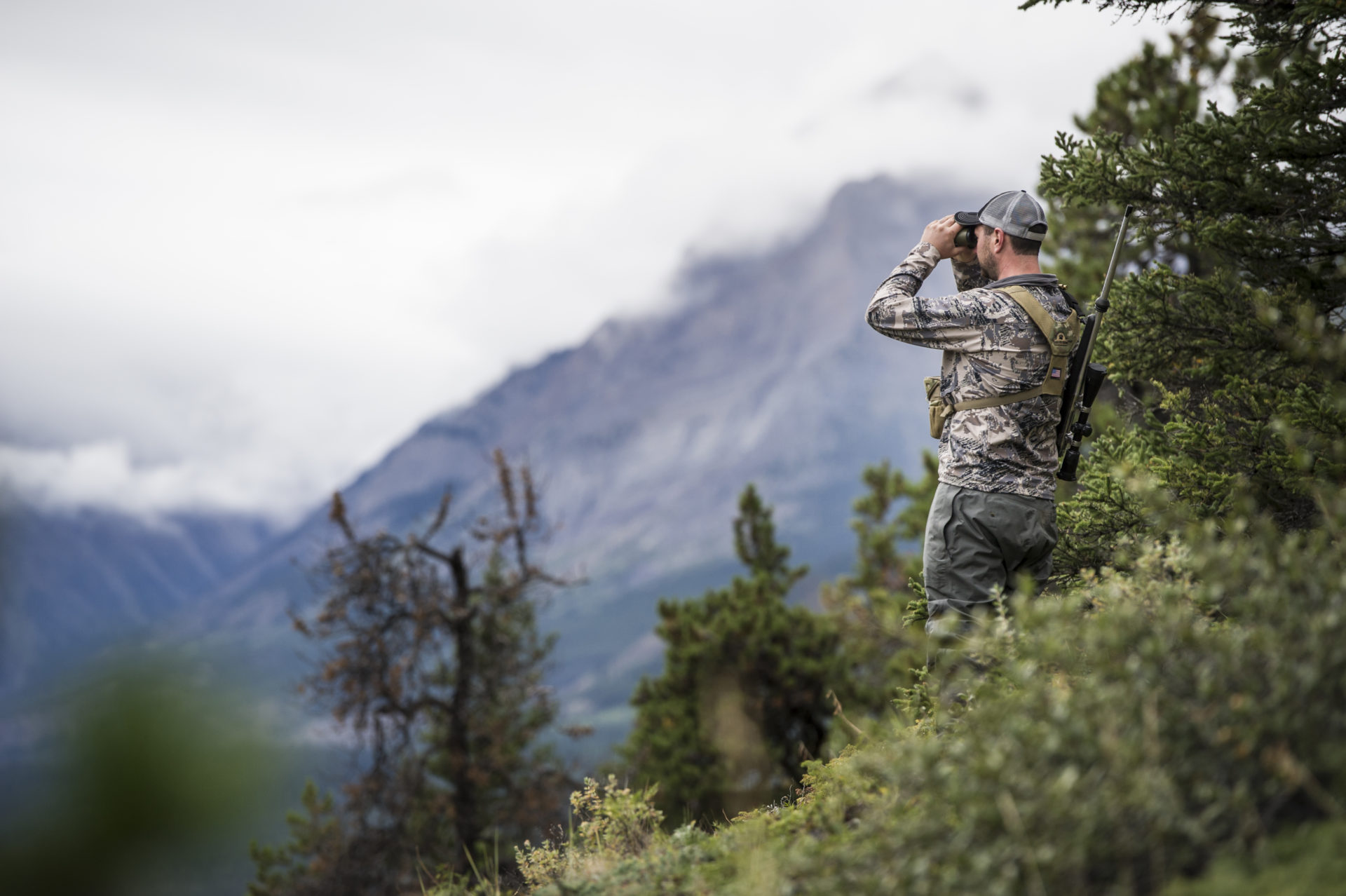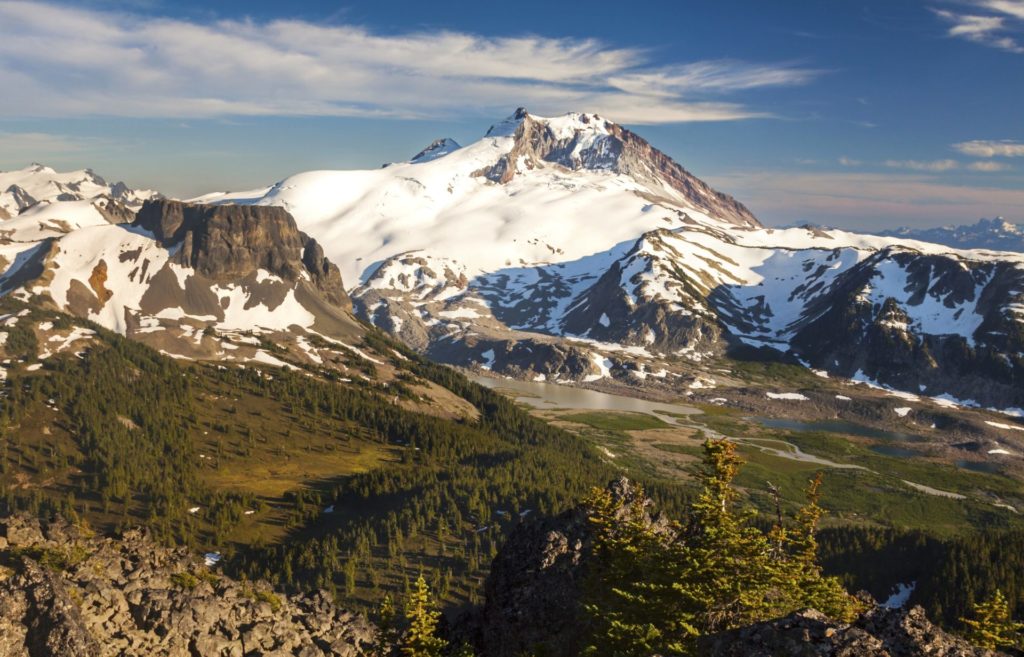
Hunting mule deer in southwest British Columbia’s Coast Mountain Range can be a daunting task, where the work effort needs to be high and the rewards will be even higher.
Advertisement
Scouting is always the first thing on everyone’s list when it comes to being successful, and I am going to tell you no different. Start with a grass-covered open area and work from there. I find greater success with grass slopes on the south face of the mountains, as they will have their own microclimate differing from the surrounding area. This is due to the amount of sunlight the south-facing slopes receive compared to the north. The south receives more sunlight, and this means a warmer climate for plant growth, with a growing season much longer than the north slopes. Due to the extra sunlight, the southern slopes will become snow free and green up much earlier. This also means the south slopes will continue to be snow free later into the winter. Increased vegetation will lead to increased animal populations. The open area should be surrounded by dense trees for cover. As we live in a world where technological advances happen at every moment, don’t be afraid to use that to your advantage. Satellite imagery is an amazing tool when searching the Coast Mountains for an area you want to explore.
The fun begins once you find an area you want to explore. Do not hesitate when it comes to the pitch of the area; I can assure you, deer do not care. Also, don’t let nearby heavily travelled forest service roads change your mind either. I have found great success within one kilometre of high-traffic areas, you just need to be willing to go where the next hunter is not. Most weekend warriors hunting the Coast Mountains will not venture too far from roads, so put on your hiking shoes and work a little.
Advertisement

Now that you have made it to the area you want to explore, start walking the surrounding treeline. Your first major clues to whether animals are present will come within 10 feet to 20 feet of the treeline. If you do not find tracks or scat after circling the grassy area, it is time to move to the next area or mountain. If you do find sign, it is time to work the bush a little harder, looking for old rubs and bedding areas. Typically, I find bedding areas to be between the food source and the water source on the mountains. On the other hand, if the food source and water source are next to one another, I find the bedding area to be uphill. If the open area happens to have a stand of trees in the middle, search there for beds.
One thing to note is the deeper into the season you get, the Coast Mountain mule deer seem to have a hierarchy. The higher up the mountain, the bigger the deer. Some of the biggest deer I have seen and/or harvested have been 7,000 feet plus in elevation. I find the number of animals decreases up high, but the quality of animal increases. An old timer once told me, “Every mountain has its king,” and those words have proven to be true time after time.
Advertisement
All the hard work of discovering an area to hunt is over and it’s time for the hunt. Strap on your headlamp and start hiking in the dark. There is no better time to be set up and waiting than before first light. Aim for the top of the grassy area. To avoid spooking any game, try to establish a route around the area you are hunting that will lead you to the top. If it is not an option, stick to the treeline that is downwind and be as quiet as possible. Hunker down in the treeline, get comfortable and wait for first light. The majority of your success will come between first light and 10 a.m., when the deer a having their last snack before heading to the bedding area. If you are the type of person that can wait all day until last light, I applaud you. If you are not capable of sitting in one spot all day (my problem), it is time to go for a hike. I will try to work my way to another area to watch for the last few hours of daylight or work my way back to my original spot.

Try not to overwork one area, especially if you spook an animal. Give the area a day or two to rest and let things get back to normal. When you harvest your deer and you know there is another legal animal in the area, try and get the animal away from the area before dressing, if possible. I find this helps keeps predators from your newfound honey hole and may allow you to let your hunting partner take an animal from the same spot. Good luck on the mountains and be safe.